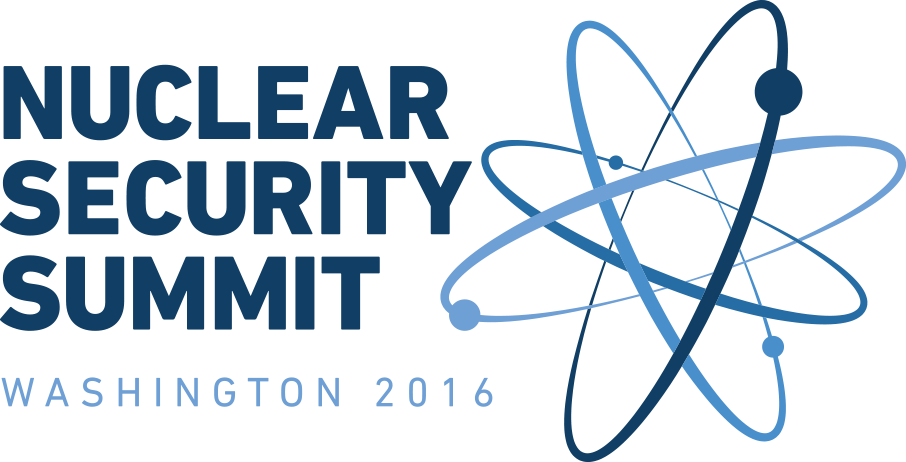THE WHITE HOUSE
Office of the Press Secretary
________________________________________________________________
For Immediate Release
FACT SHEET
U.S. Participation in the Global Partnership Against the Spread of Weapons and Materials of Mass Destruction
The Global Partnership Against the Spread of Weapons and Materials of Mass Destruction (Global Partnership) was launched at the 2002 Kananaskis G8 Summit as a 10-year, $20 billion initiative to prevent terrorists, or states that support them, from acquiring or developing weapons of mass destruction. Initial efforts were focused in Russia and other former Soviet Union states, particularly in the area of dismantling Russian nuclear submarines and destroying chemical weapons. In 2011, the G8 leaders agreed to expand the Global Partnership beyond its original 10-year mandate and work was eventually expanded to be global in nature. The Global Partnership now includes participation from 29 partner countries. To date, the Global Partnership has allocated well over $21 billion in funding for this effort, approximately half of which has come from the United States.
The Global Partnership seeks to fund and coordinate projects and activities in the areas of chemical, biological, nuclear and radiological security. The Global Partnership identifies and funds work in countering Weapons of Mass Destruction terrorism risks and vulnerabilities by pairing Global Partnership member programs with nuclear security needs in countries worldwide. The Global Partnership is one of five organizations or initiatives for which the Nuclear Security Summit Sherpas agreed upon an Action Plan to build on the achievements and carry forward the goals of the Summit process. As the current President of the G7, Japan is also the 2016 Chair of the Global Partnership.
The Global Partnership actively works with international organizations and non-governmental stakeholders engaged in reducing the threat of terrorist use of weapons of mass destruction. Global Partnership work contributes to the efforts of organizations and networks such as the International Atomic Energy Agency, the United Nations Security Council Resolution 1540 Committee, the United Nations Organization for Disarmament Affairs, INTERPOL, the Organisation for the Prohibition of Chemical Weapons, and the Global Health Security Agenda.
The United States continues to be a major player in the Global Partnership’s Nuclear and Radiological Security Sub-working Group. The U.S. also remains a major contributor of funding for projects and activities that improve nuclear and radiological security . U.S. voluntary contributions to the IAEA Nuclear Security Fund are a prime example of continued U.S. leadership under the Global Partnership.
###

